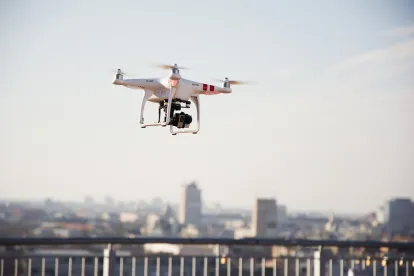No one likes the idea of big brother. But what if big brother is the one writing the check? And not looking at you?
As we previously posted, American UAS companies are vying to compete with Chinese companies in the international UAS military market. Countries around the world are actively building UAS fleets but U.S. export controls have hampered American companies from competing. Foreign competitors continue to challenge the American UAS industry, which could not have been more evident at this year’s China Public Security Expo in Shenzhen, China.
China is actively seeking to modernize and expand its domestic surveillance of over 1.4 billion people. In fact, this market is valued at $6.4 billion and includes UAS, advanced robotics and technologies that include facial and iris recognition platforms, as well as cameras that can read a person’s mood. The market is booming and for better or for worse, American UAS companies were largely absent from the expo.
The market for domestic military-grade drone systems is limited. However, and as we also reported, the Trump Administration has launched a review of U.S. export policy on military drones. While we wait on news of the review, markets like those in China merit significant consideration of a number of issues. For example, under the Obama Administration, the United States required that foreign-end uses not use a UAS for unlawful surveillance. But lawful where? Many surveillance measures in China, for example, would be illegal in the United States.
And even if such an export is permissible, where could or should a company draw the line when it comes to recipient countries? The ethical and public relations impact of UAS technology could easily negate the revenues derived from such sales.
The Trump Administration is reportedly focused on striking a balance in promoting international security, aiding strategic partners, while maximizing the competitive edge to American UAS companies. UAS surveillance platforms are perhaps the most evolved aspect of drone technology and application. American drone companies need to have as robust a plan possible prior to any announcement from the Trump Administration. This alone is no easy task, and the frenzy will only intensify when the Administration promulgates a new policy.



 />i
/>i
